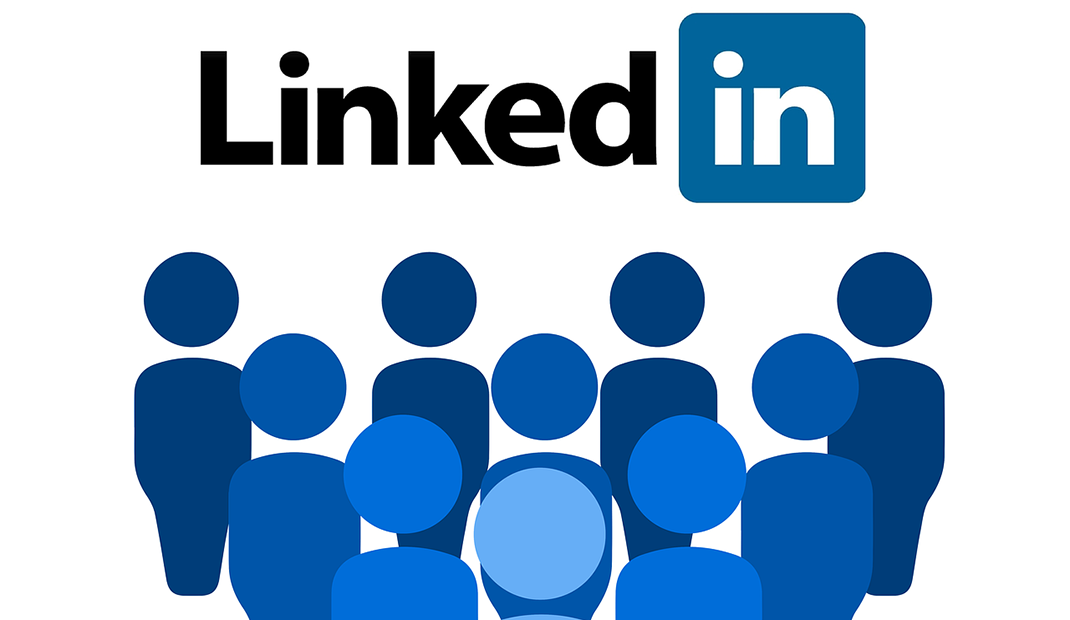No Ifs, Ands, or Buts: You Must Be on LinkedIn

If you haven't received the memo, a complete LinkedIn profile is no longer optional.
Plain and simple, it’s smart career management to create and complete all of the profile fields and to update it every six months to indicate events like a major project completion, promotion, graduation, change in responsibilities, publication, award, job change, relocation, training, and relevant volunteer or community involvement.
- Can’t my work just speak for itself?
- Isn’t it bad to boast and brag?
- Shouldn’t I spend time working not writing about it?
Having an impressive LinkedIn profile doesn’t just unlock gates, it actively facilitates career growth through an internal promotion or reassignment (not all former and current co-workers can be aware of your track record or know specifics about how you gained an outstanding reputation, but they may be scouting to add to their team), or it might enable outside recruiters and hiring authorities to qualify you as a passive candidate or evaluate you on the QT after meeting in person, online, or getting recommended.
In 2019, it’s mandatory that you make it possible for people to get an overview of your professional accomplishments and assess your credentials without encountering barriers that turn them off or drive them toward your competition. When you reduce your visibility, you run the very real risk that another person (who may be less capable but more savvy about marketing themselves) will be contacted and you’ll lose without knowing what didn't happen. There is nothing to stop you from choosing when to acknowledge and pursue an inquiry or discourage interaction. Since there’s no crystal ball, why not protect your future self and leave your options open?
There are many articles online offering intelligent advice about constructing a first-rate LinkedIn profile. My contribution to this vast resource is directing strategy to design a customized online presence that clearly and compelling communicates who you are and what you do to improve access to unadvertised career opportunities in the hidden job market. Here are a few of my top tips to kick-off strategizing your online presence via LinkedIn.
- Magnify your reputation. Periodically post updates and articles showing your expertise. A reverse chronological history of employers and challenge-action-results is like an outline. Original content provides color, addresses the questions, "Why and How?" and encourages social interaction. By publishing original ideas or sharing valuable content, you are using inbound marketing to attract attention, building credibility, and inviting conversation that might convert a stranger into a potentially meaningful relationship. Voila, eliminate cold calling by enlarging your network.
- Be very selective about what you put in the "Headline" field where you often see a position or job title. Don't repeat your company’s label. Labels imposed by companies don't necessarily accurately reflect capabilities or actual responsibilities. Instead, use this space to describe who you are and what you do or want to do next. Every job title is not the same among different employers or different incumbents. Your professional skills belong to you and are transportable. You want your LinkedIn profile to be your personal poster board. For example, do not put "Vice President of Retail at Current Employer Name," but create a phrase that reflects more of your whole career such as "Senior Store, B2C, D2C Executive: Trendy Women’s Accessories, Teen Fashion and Contemporary Home Furnishings." Incorporate keywords. (You can learn more about this by entering "How to find keywords and maximize SEO on Linkedin” in the search box.
- While a resume is conceived as one-and-done for a while, LinkedIn is dynamic. The good news is you won’t have to worry again that you don’t have a current resume to respond to a request. You can always refer to your unique LinkedIn URL and include this link in email signatures to further promote your brand. While a resume length is limited to two, maybe three pages, your profile can span your entire career. To be most relevant at any given time, adjust the "Summary" section to focus attention where you want.
For example, if you are switching industries or changing roles, you can draw dotted lines for the reader to help them envision a smooth transition. Your summary can serve the purpose of a cover letter and include biographical elements as well as capture career highlights. Writing in the first person is recommended and invites engagement. Be sure to allow your personality to come through. It’s okay and preferred that the summary sound like you and not be composed in formal language. After all, you’ll be more comfortable with people who like your style and vice-versa. Be authentic. It’s safe to weed out bad matches from the get-go.
Debra Feldman is the JobWhiz™, a nationally recognized executive talent agent and job search expert who implements swift, strategic, and customized senior level job search campaigns personally making live C-level and board member introductions. She accelerates hiring offers and delivers inside contacts providing “career insurance” to last a lifetime. Her gift for Networking Purposefully™ banishes employment roadblocks, expands inside connections and leverages virtual relationships to access viable leads in the hidden job market. Learn more about her groundbreaking techniques that eliminate gatekeepers and put you in control again. Learn more about Feldman and the rest of the Columbia Career Coaches Network.
This article originally appeared on The JobWhiz.
